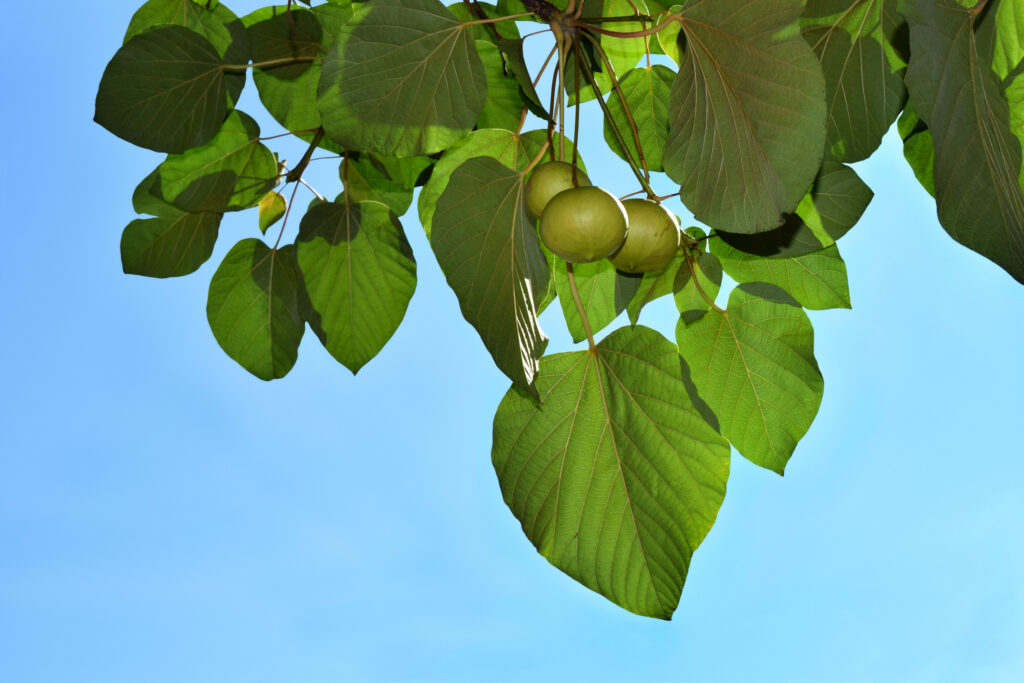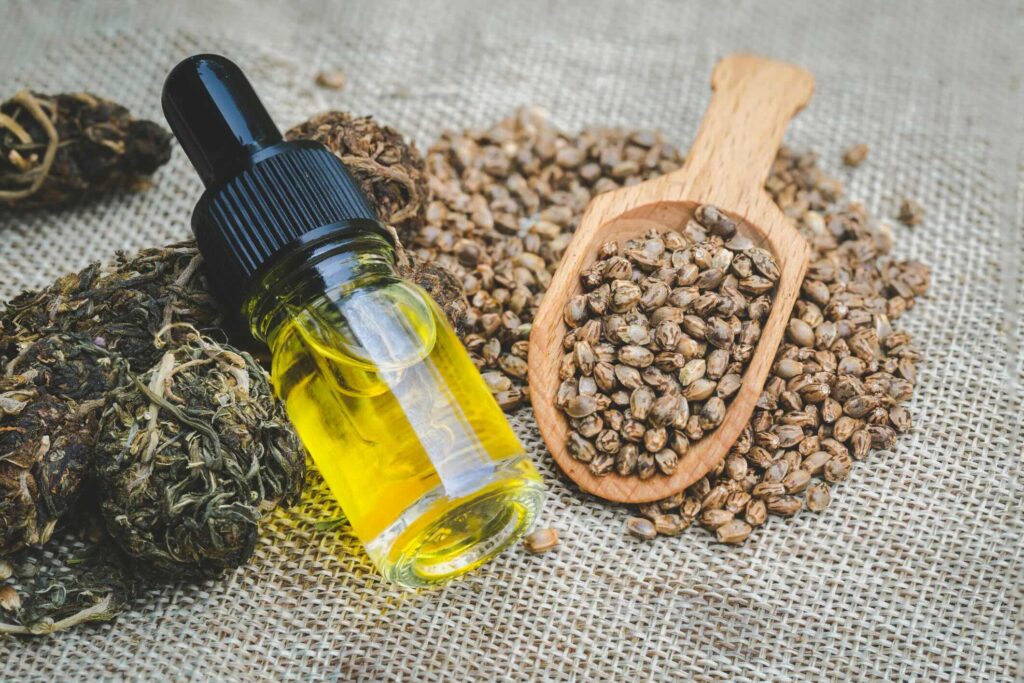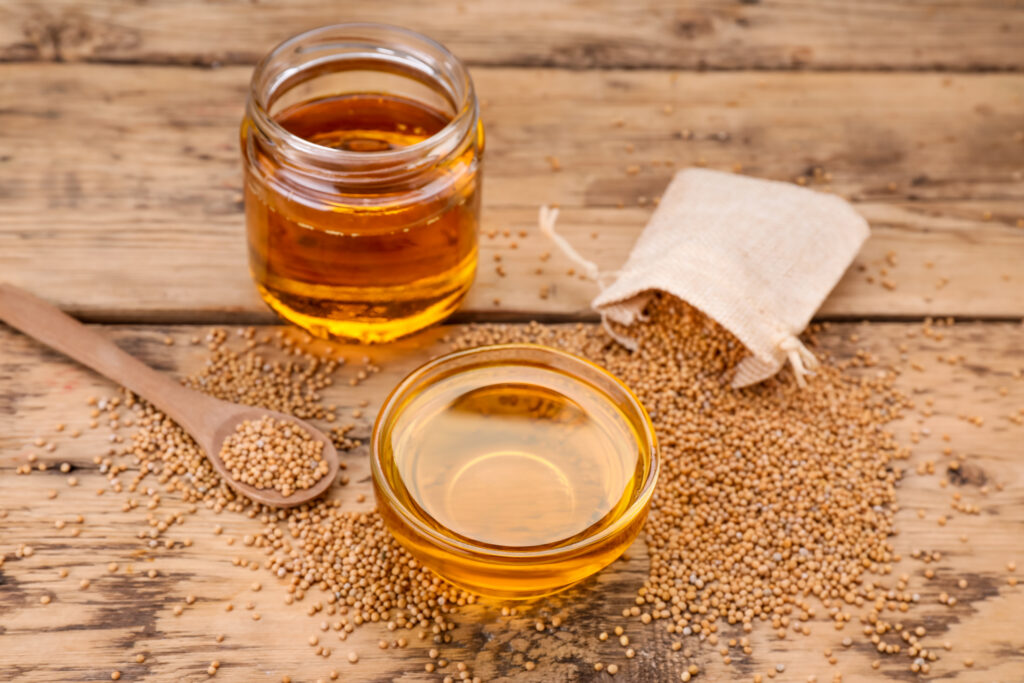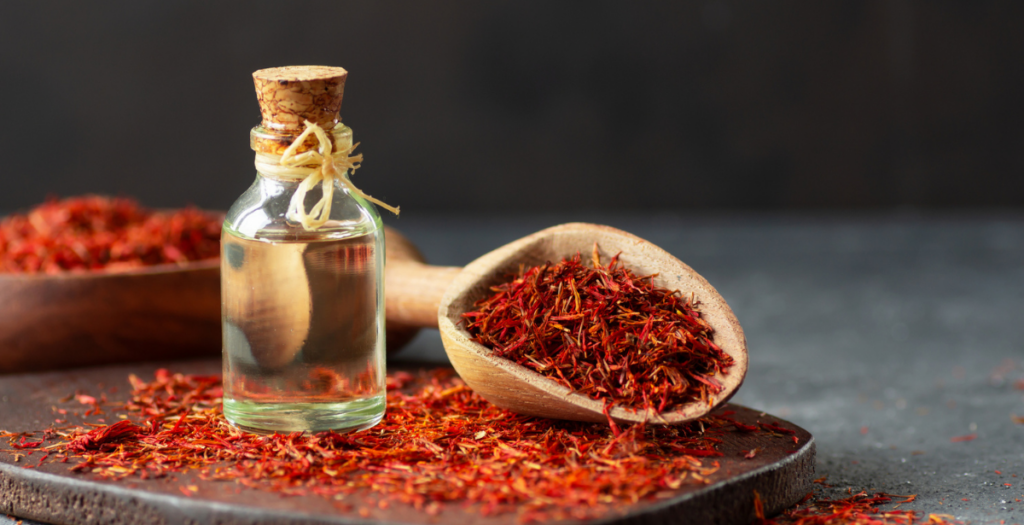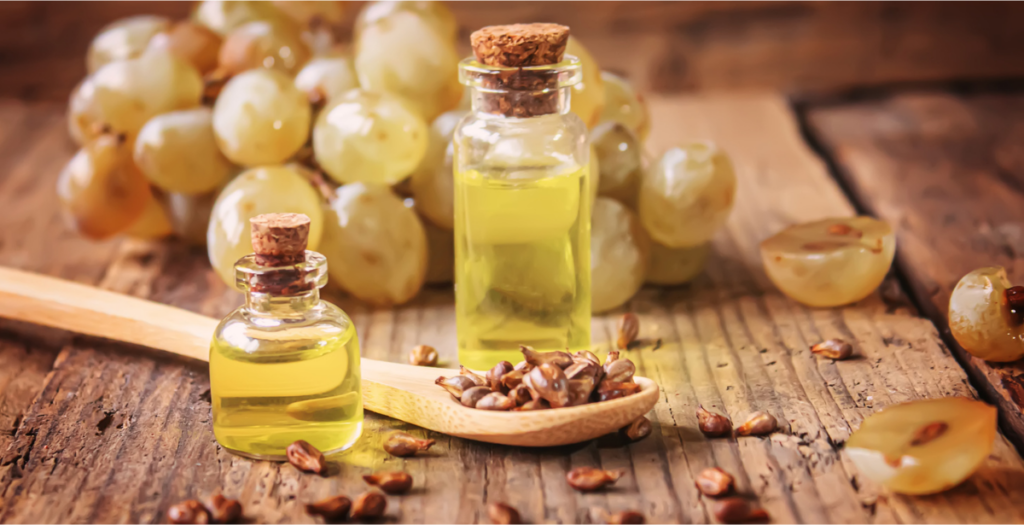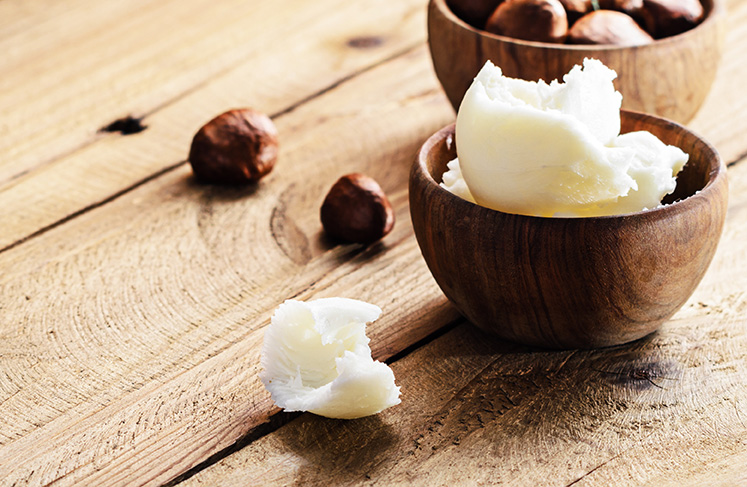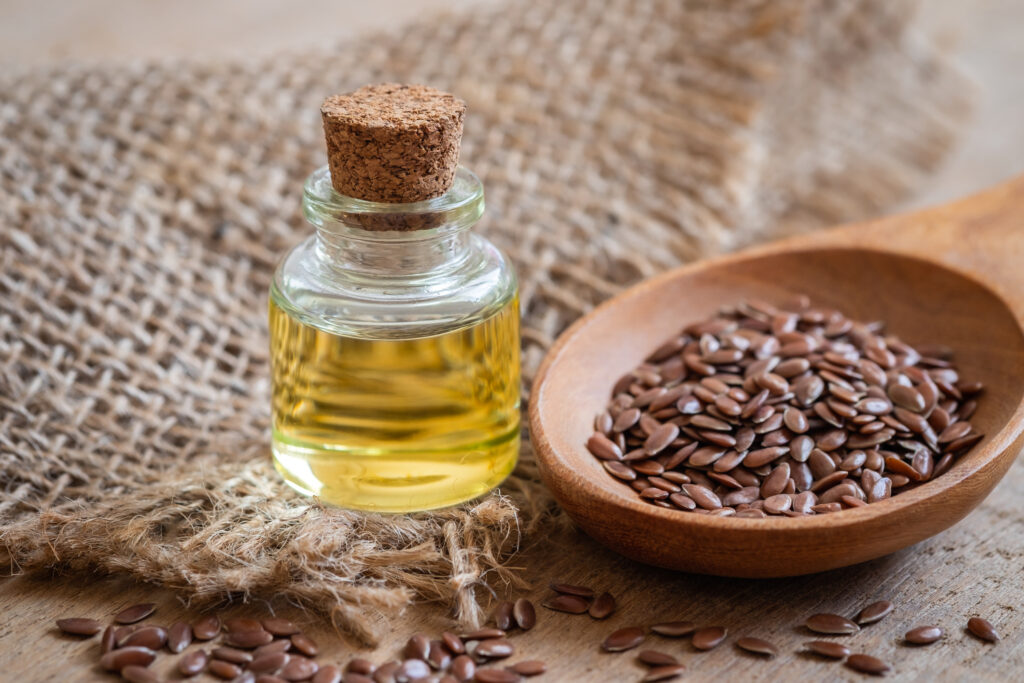Global demand for vegetable oil and meal to supply feed, food, and fuel is pushing oilseed processors toward expansion and improved efficiency in 2024. High prices and increasing demands are driving investments in bigger, better oilseed processing plants around the world as facilities try to keep pace with ongoing growth. Wrapping up 2023 with an…
4 Oilseed Processing Trends to Watch in 2024


